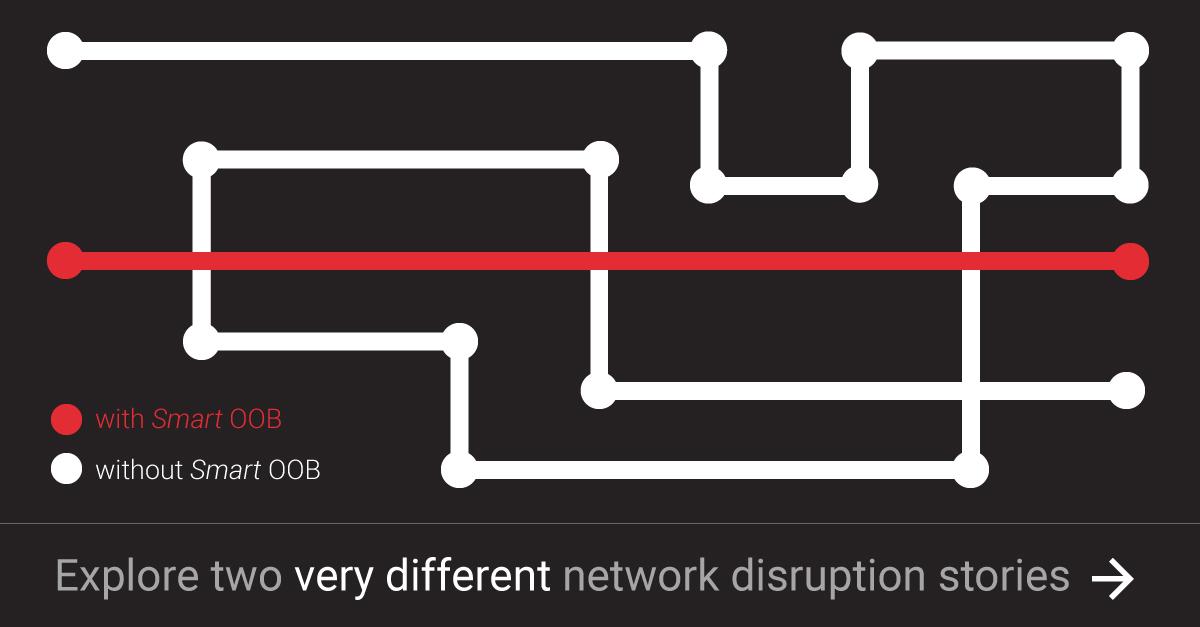Software Defined Wide Area Networks (SD-WAN) are being used by organizations to reduce costs and improve flexibility needed for bandwidth demands. Dynamically sharing network bandwidth across a variety of connections, traffic is able to be redirected to the most cost-effective route like broadband or LTE.
SD-WAN is more than just a buzzword, it’s become the standard in enterprise deployments. Projected to reach $8 billion¹ in market value by 2021, organizations are understanding the benefits of this low cost, agile alternative to traditional branch routers, it allows organizations to get rid of expensive MPLS (Multiprotocol Label Switching) circuits and rely on 4G LTE. Despite it gaining popularity and being deployed in data centers and branch locations across all industries, it still needs an alternative path of entry to the network in the event of an outage.
Deploying SD-WAN, You Need Smart Out-of-Band
SD-WAN is quickly being adopted, because of its simple management and configuration although it does have some points of failure. In traditional branch networking, many times branch routers can go years without needing configuration changes or firmware updates. Cloud-based provisioning does allow for a simple configuration of the SD-WAN router, however this is still considered in-band management. The solution to ensuring that network events don’t become disruptions is Smart Out-of-Band management (Smart OOB™).
Smart Out-of-Band enables organizations to securely monitor and manage all devices within a data center or remote location without interrupting normal operations. Designed to meet the needs of hundreds of sites and thousands of devices at those sites, organizations are able to reduce costs using advanced troubleshooting and remediation at the network’s edge.
Smart Out-of-Band and the Edge
Why is it so important this is all completed at the network’s edge? The edge enables analytics and data gathering closer to the sources of that data. By identifying issues at the edge, network engineers are able to remediate the issue quickly, avoiding unnecessary costs that can occur from an outage. If during an SD-WAN deployment a network event does occur, Smart OOB will be able to get the network up and running remotely
Providing organizations always-on connectivity and increased resilience in the event of an SD-WAN network failure, Smart OOB is able to ensure that infrastructure is accessible from anywhere during an outage. Opengear’s white paper on Enterprise-Grade WAN provides more detail on the combination of Smart Out-of-Band management with an SD-WAN deployment.
Allow your organization to:
- Ensure that infrastructure is accessible during system and network outages
- Detect faults before they become failures
- Allows organizations to have a faster recovery if IT and network failures occur
1 https://www.idc.com/getdoc.jsp?containerId=prUS42925117




